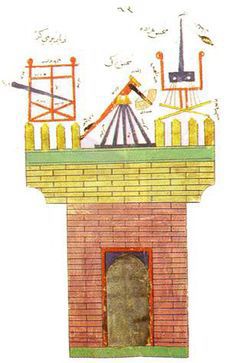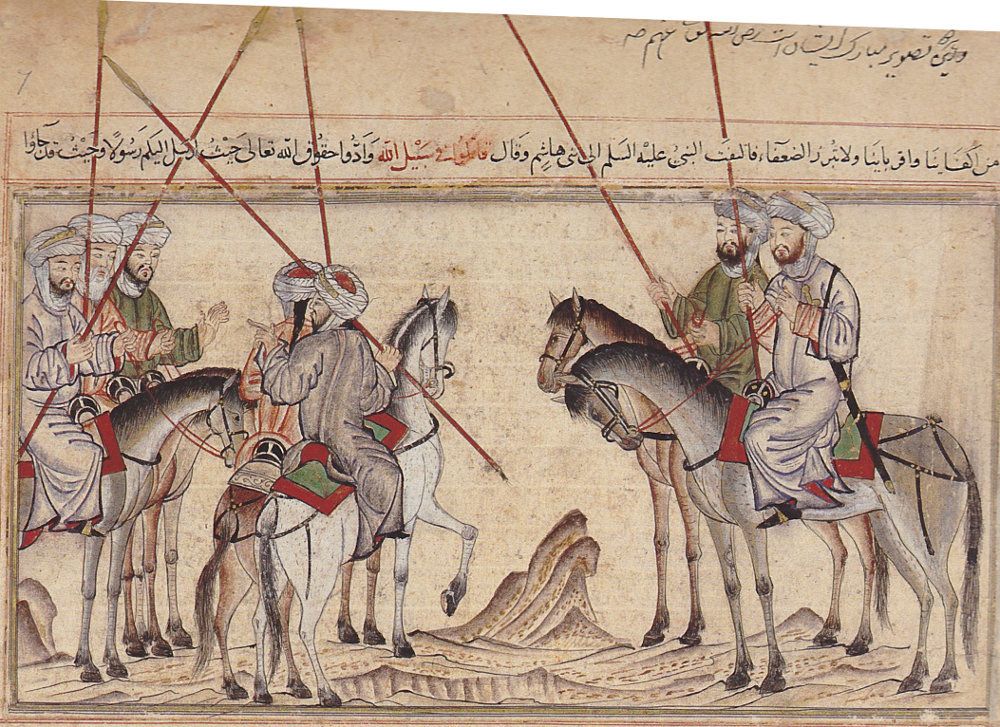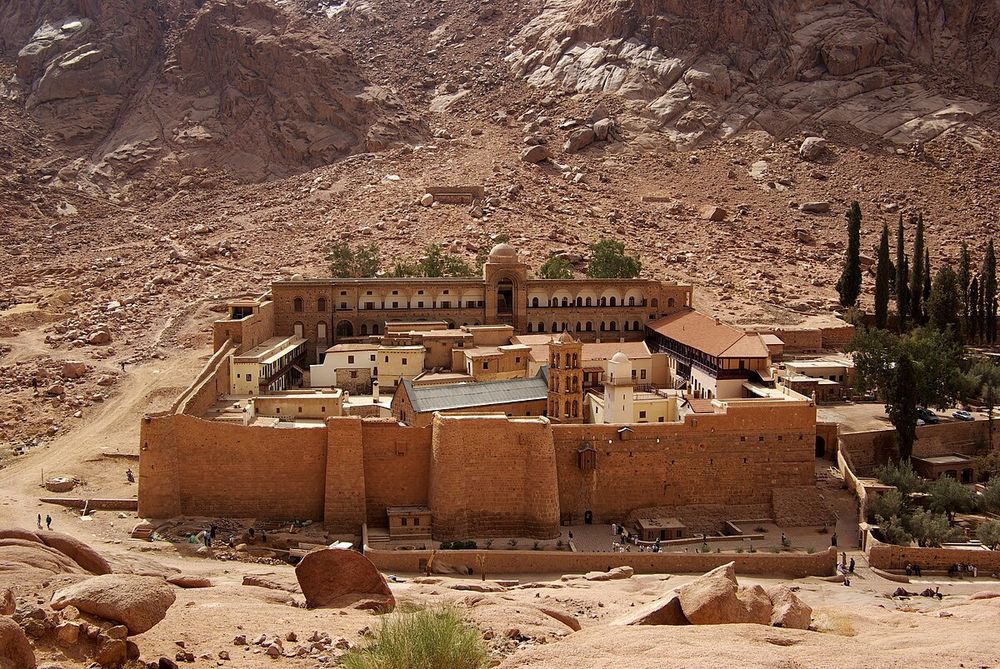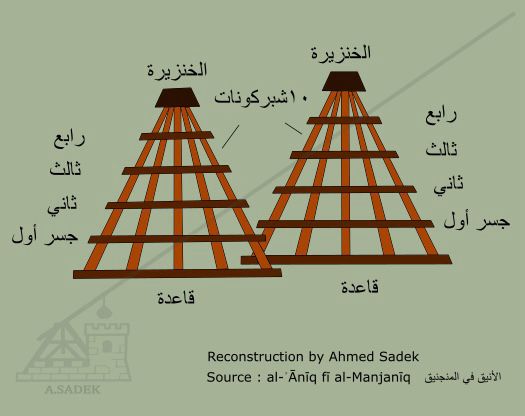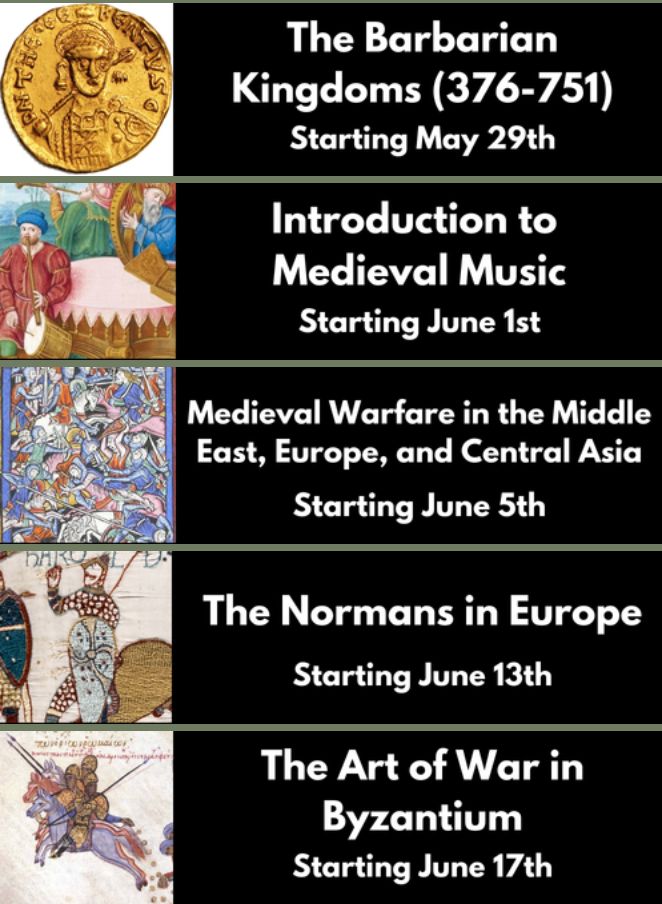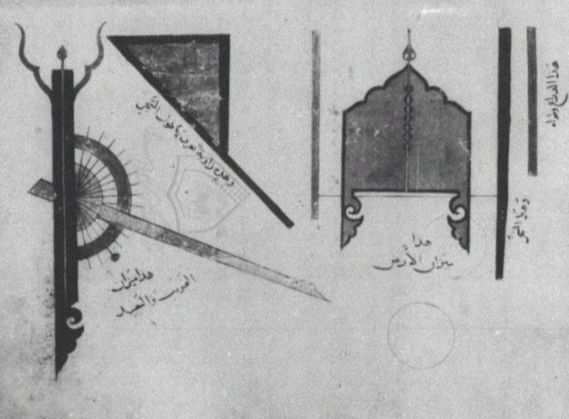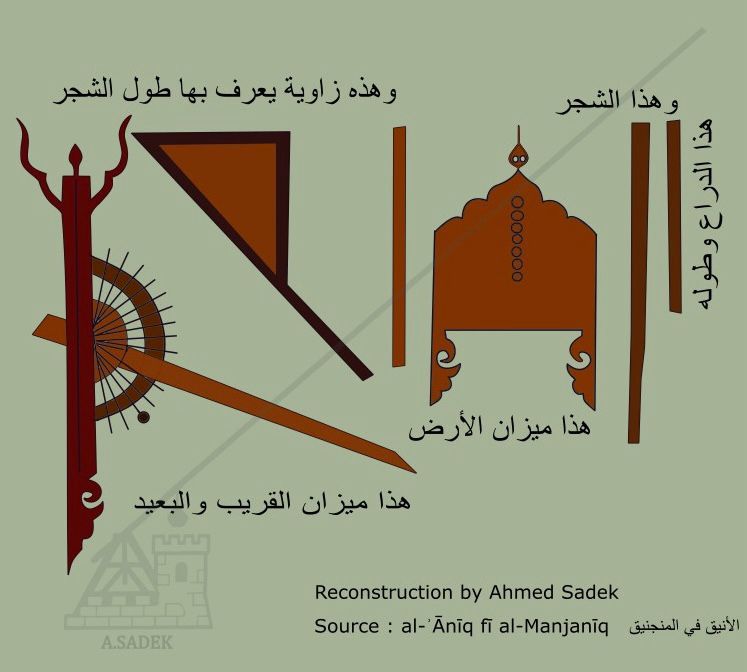
Ahmed Sadek
@sadek3.bsky.social
31 followers
64 following
32 posts
Medieval History&Archaeology | Independent Researcher in Islamic Military Architecture,Warfare Technology and Cross-Cultural exchanges | Musician by night
Posts
Media
Videos
Starter Packs
Pinned
Ahmed Sadek
@sadek3.bsky.social
· Jul 20
Ahmed Sadek
@sadek3.bsky.social
· Jul 20
Ahmed Sadek
@sadek3.bsky.social
· Jul 20
Ahmed Sadek
@sadek3.bsky.social
· Jul 19
Ahmed Sadek
@sadek3.bsky.social
· Jul 19
Ahmed Sadek
@sadek3.bsky.social
· Jul 19
Ahmed Sadek
@sadek3.bsky.social
· Jul 19
Ahmed Sadek
@sadek3.bsky.social
· Jul 19
Ahmed Sadek
@sadek3.bsky.social
· Jul 19
Ahmed Sadek
@sadek3.bsky.social
· Jul 19
Ahmed Sadek
@sadek3.bsky.social
· Jul 19
Ahmed Sadek
@sadek3.bsky.social
· Jul 19
Ahmed Sadek
@sadek3.bsky.social
· Jun 1
Ahmed Sadek
@sadek3.bsky.social
· May 31
Ahmed Sadek
@sadek3.bsky.social
· May 31
Ahmed Sadek
@sadek3.bsky.social
· May 31
Reposted by Ahmed Sadek
Ahmed Sadek
@sadek3.bsky.social
· May 20
Ahmed Sadek
@sadek3.bsky.social
· May 20
Ahmed Sadek
@sadek3.bsky.social
· May 20


